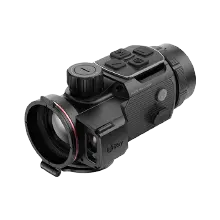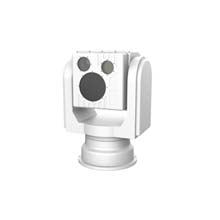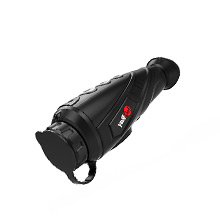Electric Routine Inspection Solution: Applications of Temperature Measurement Thermal Cameras in Power Distribution System Inspection
Troubleshooting of electrical devices' fault causes is a difficult issue. According to statistics, when such devices fail, 70% of the time is usually spent on judging and finding problems while only 30% is for solving them. Temperature measurement thermal cameras can accurately locate abnormal heating points of power distribution devices, help eliminate potential hazards in time, and effectively guarantee the safe operation of power distribution devices.
I. Main Applications of Temperature Measurement Thermal Cameras in Power Distribution Monitoring
1. Distribution transformer inspection
A distribution transformer is an important part of a distribution network. Once it fails, the normal power supply will be impacted and the maintenance cost is high. Temperature measurement thermal cameras are helpful to quickly locate the overheating position of a transformer, detect hidden dangers such as loose joints, overheating of bushings, poor contact (tap changer), overload, three-phase unbalance, clogged cooling pipe, etc., so as to facilitate timely repairs.

2. Distribution line inspection
Temperature measurement thermal cameras can inspect the temperature on the surface of devices such as clamps, instrument transformers, pole-mounted circuit breakers, pole-mounted disconnectors, etc. without stopping the power supply, determine whether there is overheating fault in power line devices, improve the quality and inspection accuracy of power line operation, and ensure the safe and continuous operation of the power transmission line.

II. Unique Advantages of Temperature Measurement Thermal Cameras in Power Distribution System Inspection
1. Non-contact measurement allows for remote measuring and eliminates the need for disassembly, ensuring inspectors' safety
2. With professional measurement tools, monitor the areas selected and automatically obtain the highest temperature point to implement intelligent shooting and fault diagnosis of devices
3. The setting of temperature threshold, duration, and sampling interval is available to achieve automatic data collection and curve generation to provide a reference for the development of power maintenance plans
4. High & low-temperature warnings for monitored areas help detect electric device failures and eliminate potential hazards

















